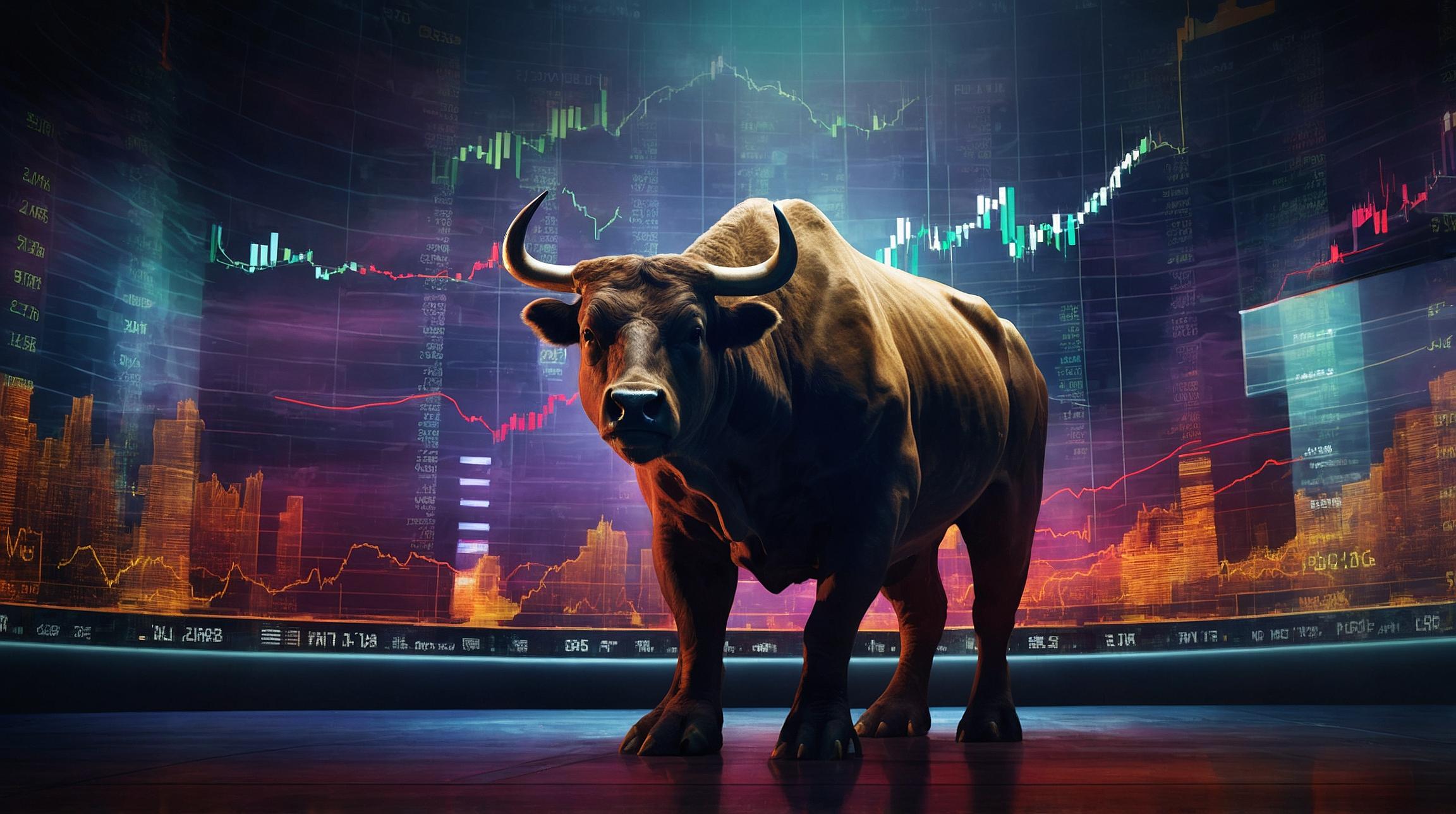The Rise of High-Frequency Trading
High-frequency trading (HFT) has become one of the most dominant forces in today’s financial markets. With lightning-fast trades executed in milliseconds, this form of trading has revolutionized the way markets operate. In this guide, we will delve into the world of high-frequency trading, exploring the mechanics behind rapid trades, the role of algorithms, the impact on financial markets, and the strategies employed by traders to gain an edge.
The Mechanics of Rapid Trades
At its core, high-frequency trading involves the use of advanced technology to execute trades at extremely high speeds. Computers equipped with sophisticated algorithms analyze vast amounts of market data, seeking out opportunities for quick profits. These algorithms enable traders to make split-second decisions and execute trades in fractions of a second. To achieve such rapid trades, firms often locate their servers in close proximity to exchanges, reducing latency and gaining a competitive edge.
The Role of Algorithms in High-Frequency Trading
Algorithms play a crucial role in high-frequency trading. These complex mathematical formulas enable traders to analyze vast amounts of data, identifying patterns and market inefficiencies. By automatically executing trades based on pre-defined rules, algorithms eliminate human bias and emotion from the trading process. They can react to market conditions in real-time, making lightning-fast decisions that would be impossible for humans.
The Impact of High-Frequency Trading on Financial Markets
High-frequency trading has had a profound impact on financial markets. On one hand, it has increased liquidity, making it easier and cheaper for investors to buy and sell securities. However, critics argue that HFT has also introduced a level of volatility and instability. Rapid-fire trades executed by powerful computers can amplify market movements, leading to flash crashes and increased market fragmentation. Regulators are constantly monitoring the impact of high-frequency trading to strike a balance between market efficiency and stability.
Gaining an Edge: Strategies in High-Frequency Trading
To gain an edge in the competitive world of high-frequency trading, traders employ a range of strategies. Market-making is a popular approach, where algorithms continuously provide liquidity by placing bids and offers. Statistical arbitrage involves identifying mispriced securities based on statistical models, aiming to profit from short-term price discrepancies. Another strategy involves capitalizing on news and events by analyzing the market’s reaction and executing trades before the information becomes widely known.
High-frequency trading has undoubtedly transformed the financial landscape. Rapid trades executed by powerful computers have become the new norm, bringing both benefits and challenges. As technology continues to advance, the world of high-frequency trading will undoubtedly evolve, offering new opportunities and complexities. Understanding the mechanics, algorithms, and strategies behind high-frequency trading is crucial for market participants, regulators, and investors to navigate this rapidly changing landscape.













